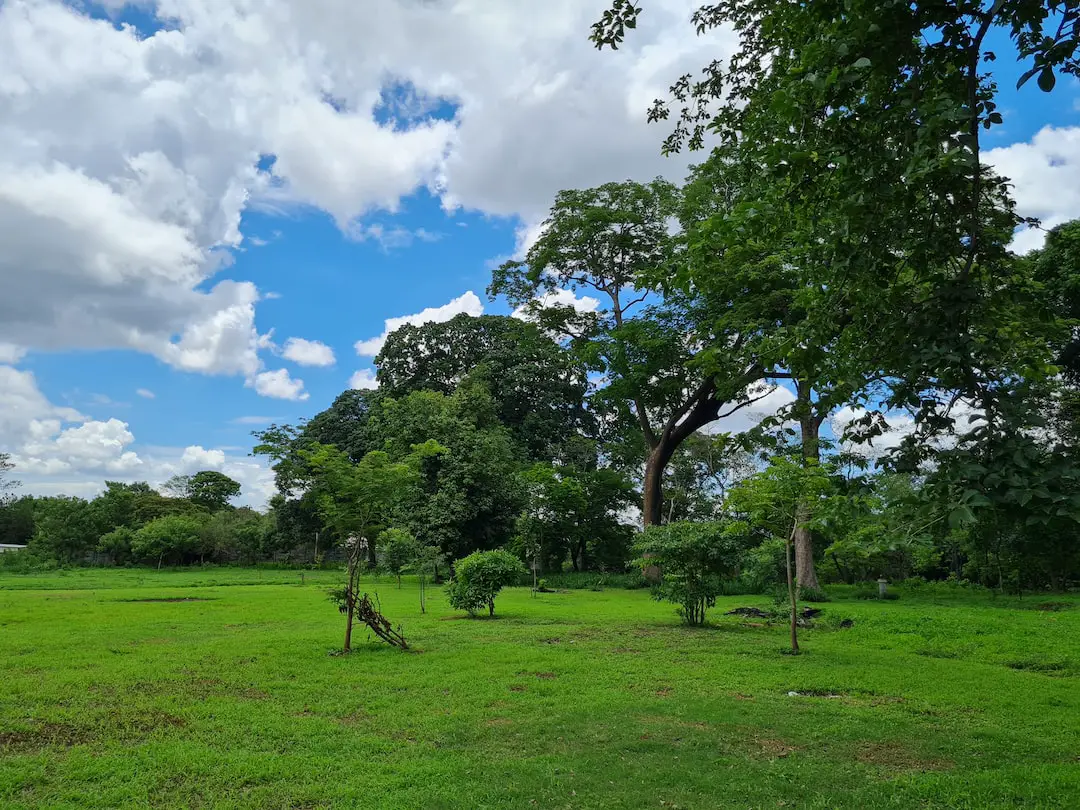
Imagine strolling through the bustling streets of Managua, Nicaragua, where the architecture is as vibrant and diverse as its history. From the remnants of colonial grandeur to the innovative designs of modernity, the city’s buildings tell a tale of resilience and transformation. As someone who’s wandered these streets and marveled at the eclectic mix of styles, I’ve seen firsthand how Managua’s architecture has evolved, reflecting the spirit of its people and the seismic shifts of its past.
The Colonial Beginnings
Managua’s architectural journey began with Spanish colonialism. The city, founded in the early 19th century, was dotted with structures that bore the hallmarks of Spanish influence—think stucco walls, red-tiled roofs, and Central courtyards. These buildings were not just homes; they were statements of power and religion, with churches like the Old Cathedral of Managua standing as a testament to the era’s devotion and design.
Earthquakes and Evolution
But, as with many tales of old cities, disaster played a pivotal role in shaping Managua’s skyline. The 1931 and 1972 earthquakes were particularly devastating, reducing much of the historic architecture to rubble. What rose from the ashes was a mix of necessity and innovation. The city had to rebuild quickly, leading to a surge in modernist structures that prioritized function over form.
Modernist Movements
In the latter half of the 20th century, Managua became a canvas for modernist architects. The new buildings, characterized by clean lines and an emphasis on volume over ornamentation, were a stark departure from the ornate colonial style. Notable examples include the Rubén Darío National Theater and the Central Bank of Nicaragua, both of which showcase the geometric simplicity of modernism.
A Blend of Old and New
Today, Managua’s architecture is a melting pot. You’ll find colonial homes nestled beside brutalist concrete structures, and sleek glass towers casting shadows over traditional markets. It’s this juxtaposition that makes the city’s landscape so intriguing. As a visitor, you can’t help but feel the dynamic tension between past and present, tradition and progress.
Preservation and Progress
Efforts to preserve Managua’s architectural heritage have been met with varying degrees of success. While some colonial buildings have been restored, others have given way to modern development. It’s a delicate balance, maintaining the historical fabric while accommodating growth. The city’s planners and architects are constantly grappling with these challenges, striving to honor Managua’s past while envisioning its future.
Managua’s Architectural Identity
What truly defines Managua’s architecture is its resilience. Each building, whether standing for centuries or erected in recent decades, is a survivor. They’ve withstood political upheaval, natural disasters, and the relentless march of time. They are monuments to the indomitable spirit of the Nicaraguan people, a spirit that’s as evident in the city’s structures as it is in the faces of those who walk its streets.
FAQs
- What are some must-see examples of colonial architecture in Managua?
The Old Cathedral of Managua, though damaged, remains a significant colonial landmark. The National Palace of Culture also offers a glimpse into the city’s colonial past.
- How did the earthquakes affect Managua’s architecture?
The earthquakes of 1931 and 1972 were catalysts for change, leading to the demolition of many historic buildings and the rise of modernist architecture in their place.
- Are there any tours focused on Managua’s architecture?
Yes, there are guided tours that explore Managua’s architectural evolution, offering insights into the city’s history and design.
Conclusion
In conclusion, Managua’s architecture is a rich tapestry woven with threads of history, culture, and innovation. From the Spanish colonial influences to the modernist movements that reshaped its skyline, the city stands as a living museum of architectural evolution. As you wander through Managua, each structure tells a story of resilience, a narrative of a city that has risen, time and again, from the dust of destruction. It’s this ever-changing yet enduring character that makes Managua’s architecture not just a subject of study but a source of inspiration.
For those looking to delve into the heart of Nicaragua’s capital, understanding its architectural journey is key. It’s a journey that mirrors the nation’s own path, marked by adversity and triumph. And for anyone with an eye for design or a heart for history, Managua’s eclectic skyline is a testament to the city’s undying spirit—a spirit that continues to shape its streets and structures, from past to present.